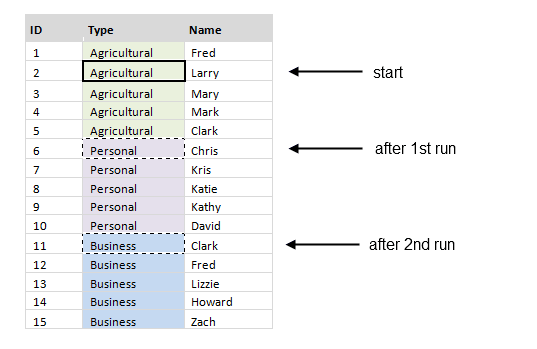ASP.NET MVC 4 SimpleMembershipProvider Website Administration Tool, ASP.NET Configuration
---------------------- Updated for ASP.NET MVC 5 and Identity 2.0. Includes an Azure Site Extension: http://aaron-hoffman.blogspot.com/2016/08/aspnet-mvc-5-user-admin.html ---------------------- ---------------------- ASP.NET MVC 4 Membership Overview: http://aaron-hoffman.blogspot.com/2013/02/aspnet-mvc-4-membership-users-passwords.html ---------------------- The built in ASP.NET Configuration Website Administration Tool provided by Microsoft and Visual Studio left something to be desired. I have developed an alternative that can be used with ASP.NET MVC 4 SimpleMembershipProvider. Code available here: https://github.com/StoneFinch/SmpMaintenance Current functionality at the time of this writing: - Add New Users - Bulk Add New Users - Search Users - Add New Roles - Edit Existing Users - Reset User Password (on Edit User page) - Add Users to Roles - Remove Users from Roles Hope this helps, Aaron



